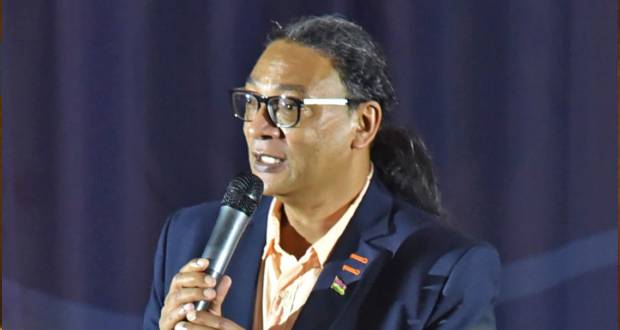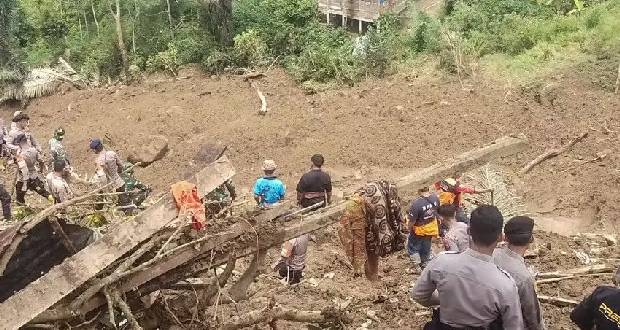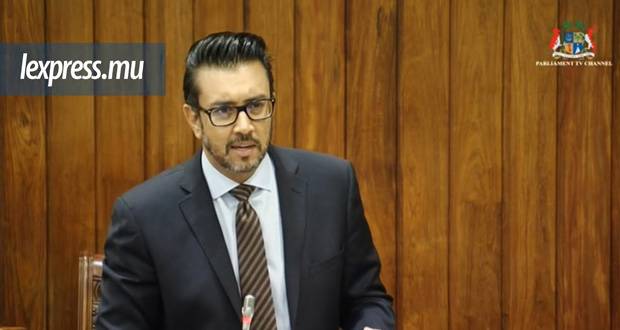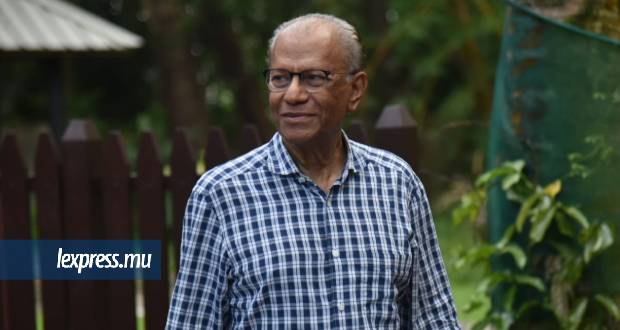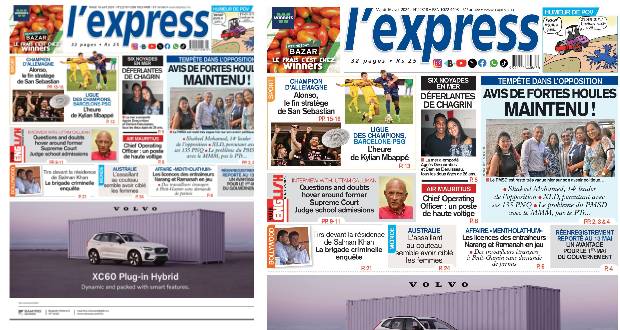Publicité
Uber’s flying taxis: The future of transportation
Par
Partager cet article
Uber’s flying taxis: The future of transportation
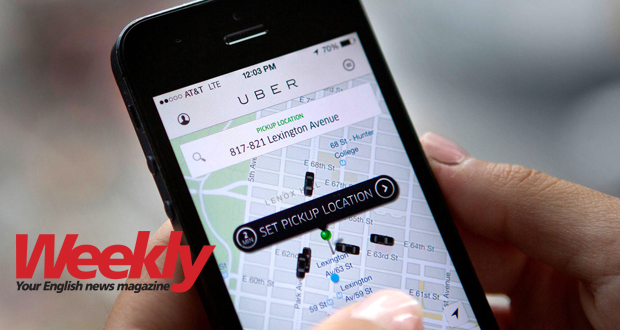
Multinational transport network company Uber Technologies Inc. is taking it up a notch. After it successfully launched its peer-to-peer ridesharing, ride service hailing, food delivery and a bicycle-sharing facilities, Uber is now in the process of introducing a new service – the first ever flying taxis, which are expected to be launched in 2023.
Uber Technologies Inc. is an American multinational transportation company (TNC) that started off as a taxi company and later expanded its services to ride service hailing, food delivery, bicycle-sharing system and even offers a self-riding car. Thanks to its immediate success and easy use – through its website and mobile app – the company became more and more popular nationally since its incorporation in San Francisco, USA, in 2009. Over the years, Uber even made it onto international grounds and it operates today in about 785 metropolitan areas around the world and has approximately 110 million users globally.
But it looks like Uber is about to get even more popular. Recently, Uber announced a third-generation version of its self-driving car – a project developed in partnership with Volvo. The new XC90 SUV will have a self-driving technology with multiple redundant backup systems in the vehicle, specifically around steering, braking, and battery power. The new car will be tested on public roads in the US in 2020. But, most importantly, Uber also recently announced another much bigger project – the launch of the first ever flying taxis. Yes, you read that correctly. We’ve all wished we could just fly above the congested ground traffic that we are stuck in. Well, this wish is about to come true thanks to Uber.
Indeed, in 2023, Uber plans to provide its customers with the option of flying to their destination with its new affordable shared flight service called Uber Air. The multinational transportation company is currently working closely with federal and local policymakers in the US to develop and create an aerial service that is not only safe, quiet, and environment friendly, but that will also add to its existing transportation options – UberX and UberPool. Uber’s Elevate team is also working with the government – including NASA and the US Army – vehicle designers, investors, aircraft manufacturers – including Embraer and Pipistrel – operators, policymakers, infrastructure providers and regulators to build this futuristic transport service.

In collaboration with its Elevate Network partners, Uber has already launched test fleets of small, electric VTOL (vertical takeoff and landing) aircraft in Los Angeles and Dallas in the US, and has recently announced that the testing will also be conducted in Melbourne, Australia – Uber Air’s first international market. The third location was supposed to be Dubai, and Uber also considered Rio de Janeiro, São Paulo, Paris, Mumbai, Delhi, Bangalore, Tokyo and Sydney. But Melbourne was chosen in the end.
The flying taxi will first be used to travel between a network of landing pads on rooftops called ‘Skyports’ within cities, and eventually from suburbs to cities. The Skyports, which will be built to accommodate the flying taxis, will require all-new designs to handle up to 1,000 takeoffs and landings per hour.
Test flights in Melbourne are due to start as from next year with the aim to reduce riders’ commute times and relieve congestion around the city in 2023. For example, with Uber Air, the 19-kilometre journey from Melbourne’s international airport to the city’s main business and shopping area, which usually takes up to an hour by car, will only take about 10 minutes with Uber Air. The different tests will measure the aircraft’s level of noise, assess community acceptance and check vehicle safety and performance.
"As major cities grow, the heavy reliance on private car ownership will not be sustainable," Eric Allison, the global head of the Uber's aviation division Uber Elevate, said in an interview with BBC News. "Uber Air holds enormous potential to help reduce road congestion. Our plan is to first deploy autonomous drones under the FAA’s UAS Integration Pilot Program to begin testing urban drone food deliveries."
Allison also added that the concept of Uber Air has the potential to reduce the traffic congestion, which costs the Australian economy about $16.5 billion each year.
Uber Air will be able to accommodate one pilot and four passengers with a maximum payload weight of at least 444 kilogrammes, including luggage, for the price of an UberX. The aircraft, which will be powered by Elevate Cloud Services (ECS) and appropriate software, will also be able to fly at a speed of about 241 km/h and have the capacity to hover for short durations.
The aircraft will operate entirely on battery-electric energy storage and will use liquid hydrocarbon fuels, such as hybrids. While the plan for Uber Air is to have the proper avionics and sensors required for autonomous flights, a pilot will fly the engine during the first years to allow data to be collected for the development of the autonomous system. The pilot will also be seated in a separate cabin from the passengers’ to ensure maximum safety during flights.
However, Uber is not the only company experimenting with flying taxis. Several technology companies are also competing to develop the first passenger-carrying aerial taxis in the years to come. For example, Airbus, an aeronautics company headquartered in the Netherlands, has also been testing self-flying taxis since last year, and Dubai conducted its first test of a two-seater drone taxi service in 2017.
We all knew that flying cars would be the future of transportation. We just didn’t know how close the future was.
For more views and in-depth analysis of current issues, Weekly magazine (Price: Rs 25) or subscribe to Weekly for Rs110 a month. (Free delivery to your doorstep). Email us on: weekly@lexpress.mu
Publicité
Les plus récents
